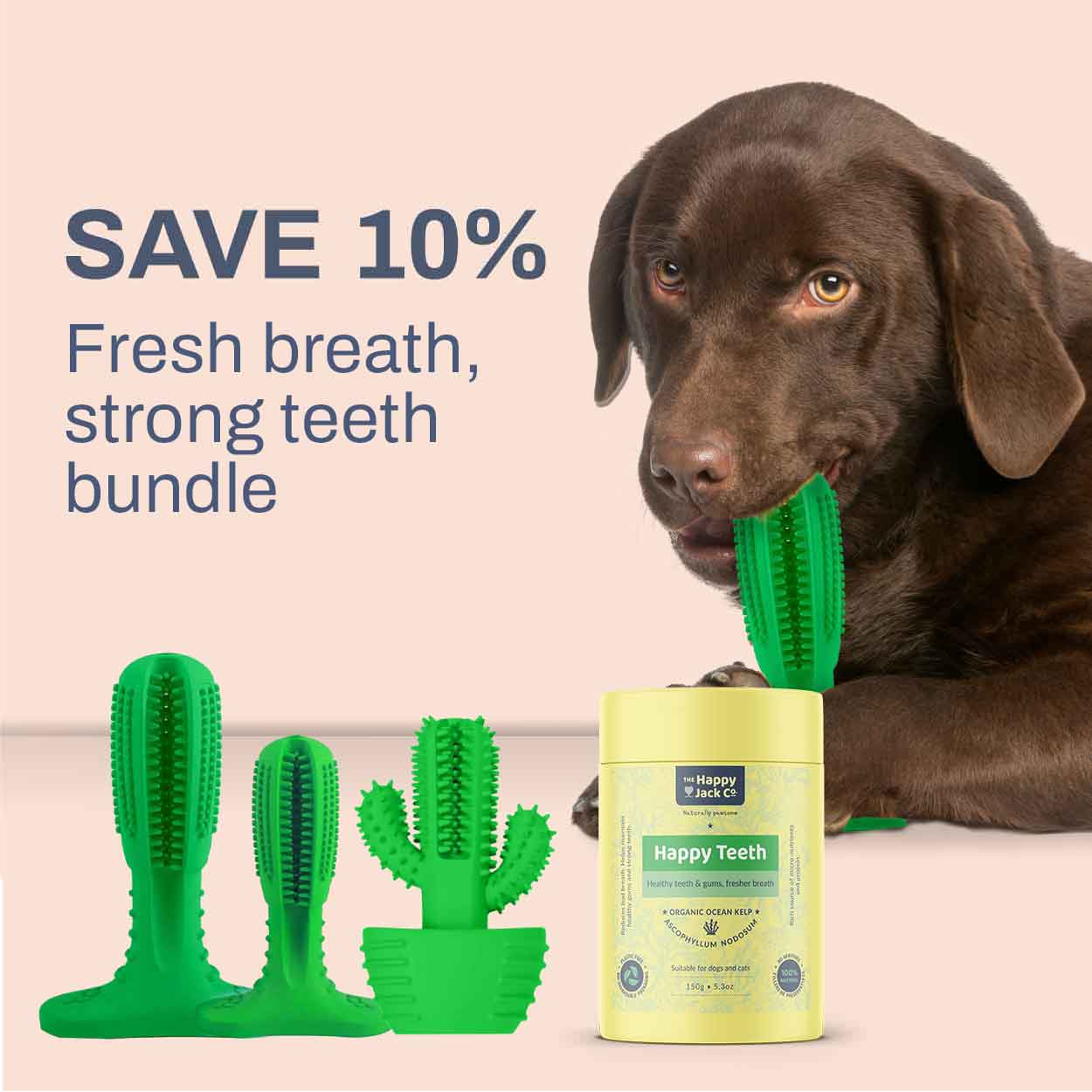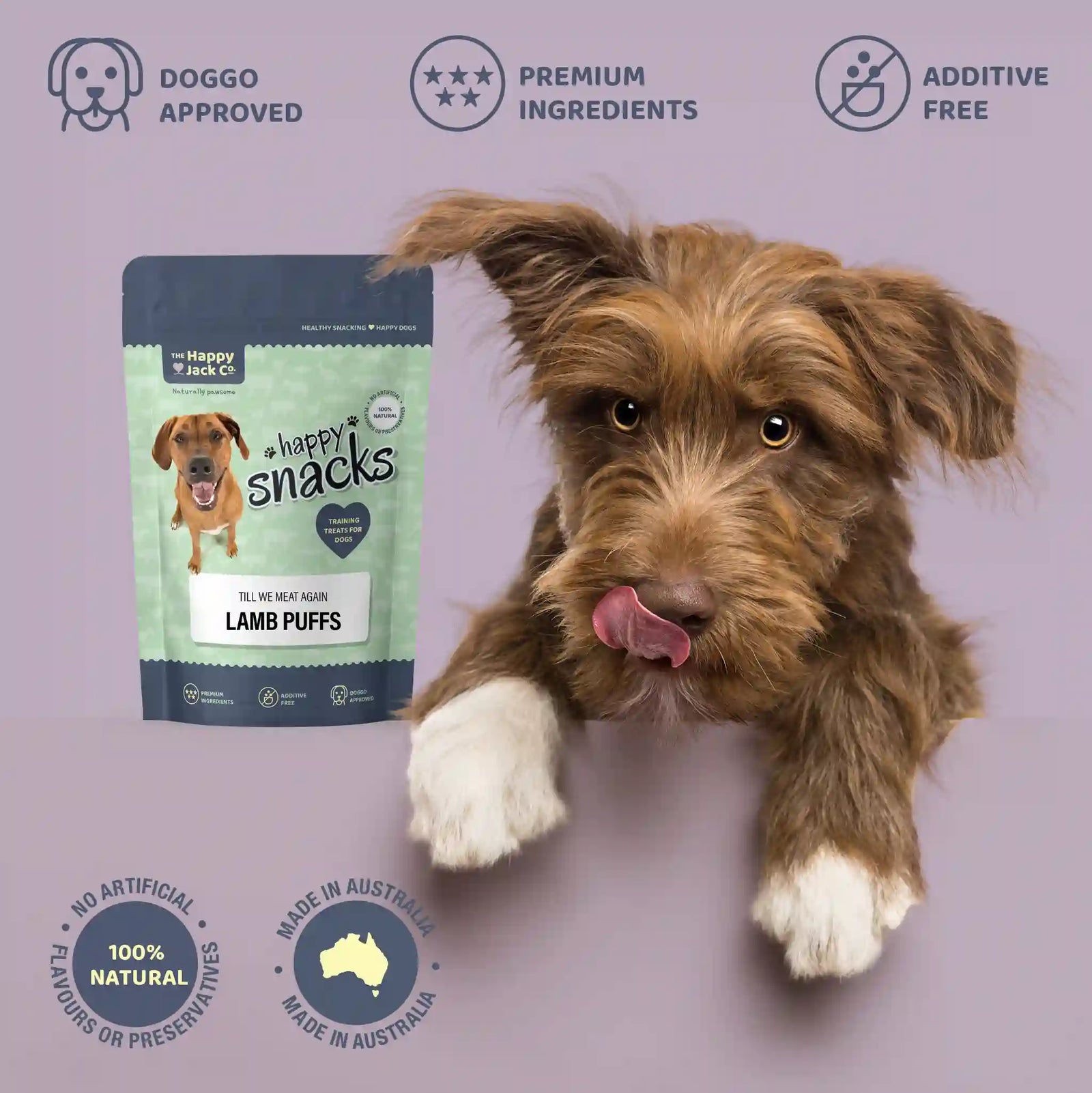
Guest post by Devorah Borbála Milner, Peace of Mind Holistic Dog Training
Real love is when we love someone the way they want to be loved, even when those ways are foreign to us. This is especially true when we are talking about a relationship between two very different species – dogs and humans. The way we, humans are accustomed to showing love is not always appreciated by dogs – and they can even be harmful at times.
When we love our dogs well, we help them become the best versions of themselves. But it does often involve going out of our comfort zone!
So, I created a list of things you can do to show your dog some love – in a way that empowers them to grow into the amazing companion you always wanted to have.
1. Keep your dog healthy
This sounds obvious – you take them to the vet when needed, but healthy is a lot more than just that! Pet obesity is an epidemic in the US and it’s very bad for their health. Dogs would want to eat all the time, it’s our job not to give into it because obesity literally shortens their lives by several years.
This is especially important when you use a lot of food for training your dog. Dogs shouldn’t gain weight during reward-based training. Make sure you feed less in a bowl if you did a lot of training on a given. Premium quality dog training treats that are 100% single source protein, contain no additives, grains, salt or sugar can be found here.
Similarly, starving to achieve dog training success isn’t appropriate either. If your dog isn’t interested enough in food to train, there are many ways to build food drive or try a higher value food reward.
Another often neglected health issue is grooming! When your dog gets matted, it’s extremely painful for them and shaving them down is the only humane solution.
Yet, a neglected fur is unfortunately very common. Doodles, Poodles, Golden Retrievers, and other fluffy breeds require daily, thorough brushing with appropriate equipment, along with regular visits to the groomer. Ask your groomer about your breed’s grooming requirement and purchase good quality equipment.
Keep their nails well maintained and short to maintain good posture. Do monthly checks to make sure their paws are in good condition. I recommend The Happy Jack Co dog paw balm if your dog has dry, cracked or callused paws.
2. Gentle dog training methods
Most dogs aren’t really trained beyond performing a few tricks, like “sit” for food. But dog training is so much more than that! Training is about their mental health. It’s about helping them adjust to a society designed for humans. It’s about opening up their world beyond the backyard. A trained dog is a happy dog, not to mention it enhances your relationship tenfold.
The route cause of most behavior issues is stress. Get rid of the stress and the problem goes away. And I believe that it’s our duty to help them!
But beware of what kind of dog training you choose. Not all methods are created equal. Difficult dogs, high drive breeds, strong dogs etc don’t require a heavy hand, just a trainer who knows how to apply gentle methods to these breeds.
Learn to distinguish between “calm” and “repressed”. A dog might act calm, but only because they are repressed and many dog trainers only aim for a dog who acts calm. Learn how to tell the difference between the two and how to train actual calmness. I recommend this online course created by my mentor, Mark McCabe and this calming blend of essential oils from The Happy Jack Co.
3. Give your dog enrichment that is appropriate
Give your working breed a job. Exercise them. Give them mental stimulation. They might be part of your life, but for them you are their entire life.
So many people get working breeds, high drive, energetic breeds, but without thinking about appropriate outlets for their energies. Of course, a working breed can be entertained by a lot of different activities. You don’t have to hunt with your hunting breed, or herd with your herding breed to fulfill their natural desires!
Agility, nosework, dog puzzles, enrichment toys, and even relaxation work can be extremely helpful too.
Don’t forget that many small breeds are working breeds as well! Terriers are known to be the most tenacious, energetic, and driven dogs, but due to their size, they are often treated as toys.
4. Let your dog engage in natural behaviors
Sniffing or being able to move around freely, for example, shouldn’t be treated as a privilege.
The walk is for the dog, so let them sniff, dig, run, etc as much as they like. It’s good for their mental health, and good for their behavior. If they pull or are reactive, teach them how to behave, but not by taking away things that make them feel fulfilled.
Don’t just stick your dog into a crate or make them hold a “place” command all day long. If they don’t have an off switch, are too destructive, or hyper, teach them how to do better instead of relying on management constantly.
Teach them how to make good decisions instead of making all decisions for them.
Give them freedom in safe ways.
5. Take care of your dog’s mental health
Good mental health is the foundation of solving behaviour issues, yet this is often the most neglected part of dog ownership. Teach them how to relax and let go of stress. Show them how to be resilient in the face of stress, and your dog will change for the better. Check out the recommended online course or schedule a free phone consultation to learn more about relaxation work.
6. Think twice before using punishment to control their behavior
Punishment is often a convenient way of dealing with behaviour issues, but it’s not without side effects. It has the potential to make behaviours worse if not applied thoughtfully!
It’s our duty as dog owners, handlers, and trainers to educate ourselves on how to solve behaviour issues without punishment. Most people would be surprised to know how far you can get without punishment, even with the most difficult dogs!
If you do use punishment, think really long and hard if it’s actually necessary, and get help from a professional. This dog training course will teach you everything about rewards, and also how and when to use punishment.
7. Advocate for your dog
Notice when your dog is uncomfortable. Don’t force them into situations where they aren’t comfortable and use consent-based care to desensitise them to grooming, vet care, wearing clothes, and other type of handling.
Tell others to stop if they want to do something to your dog they don’t appreciate. You can say no to people who want to pet them, dogs who want to play with them, anything that your dog doesn’t want in their space.
Teach your kids to treat dogs with respect and watch for warning signs of discomfort from both parties.
Final thoughts
Loving your dog well is not always easy and some of these things I listed might be outside your comfort zone. It’s never too early to ask professional help if you are struggling!
Devorah












